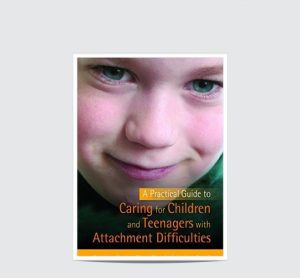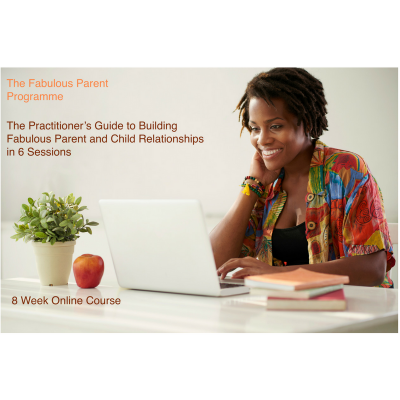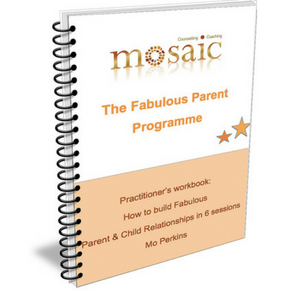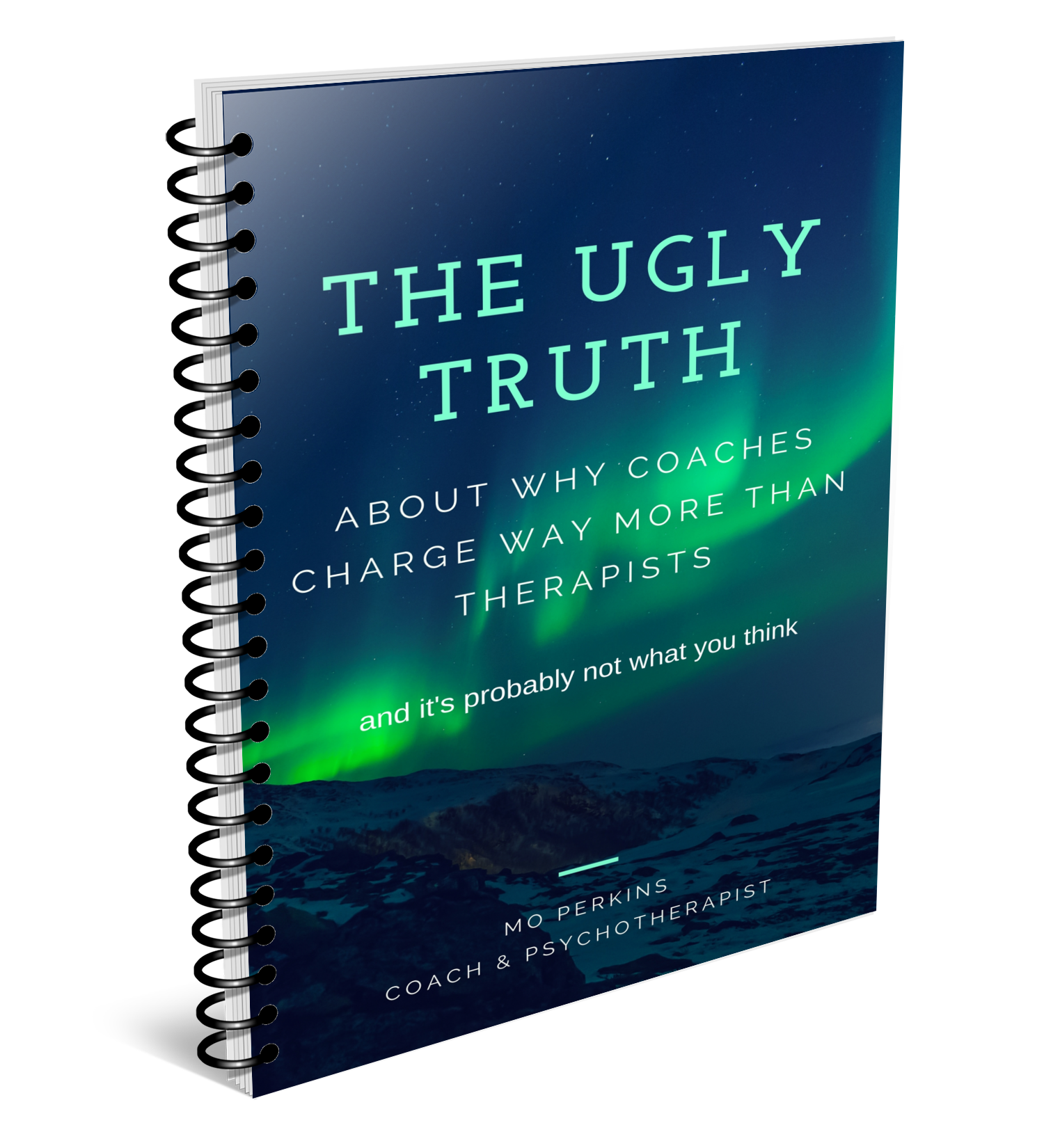Book Review:
A Practical Guide to Caring for Children and Teenagers with Attachment Difficulties
Written by Chris Taylor
I’m sure if you work with kids or their parents you have lots of books on your shelf just like I do. The books you wouldn’t be without and couldn’t put down and the books that you didn’t quite connect with.
I’m often asked to recommend books by the practitioners I supervise and train so I decided to put together some of my past book reviews. I’ve got many other titles related to working therapeutically with children I can share with you, both practical and theoretical so look out for more reviews from me.
If you’ve read any of the books I’ve reviewed on this page or have book recommendations of your own please leave a comment. I’d love to hear from you.
Chris Taylor has written a well researched book which is grounded in 20 years practice in residential care. A Practical Guide to Caring for Children and Teenagers with Attachment Difficulties is written predominantly for foster carers, residential care workers and other professionals who support vulnerable young people in their daily life.
The book focuses on imparting a wealth of information to staff with the objective of creating a safe and therapeutic environment to promote recovery from trauma. The guide opens with a comprehensive description of Attachment Theory explaining what attachment is, what different attachment styles look like in children and the specific needs of children with less secure styles of relating. There are several chapters bursting with practical ideas and suggestions based on training that the author has developed over many years. These chapters include working with conflict, working with anger, managing challenging behaviour and changing problem behaviour. I appreciated the learning outcomes at the beginning of each chapter and the thorough breakdown of the topics covered in the content section.
The author states his view that there is a place for well timed therapy for some young people on some occasions but that attachment repair takes place in relationships and relationships happen in daily life. Thus the book highlights the importance of the understanding and skill development of the primary carers of the young people in residential care. I feel this is a point well made by Taylor, however, as a therapist while appreciating the specific focus of the book I would have valued a section on therapy with looked after children. Nonetheless, I feel that the book has a lot to offer therapists working with young people, particularly those of us who work with the relationship and providing a secure base as key concepts. The basic assumption that children who have experienced early trauma and disrupted attachments are ‘doing the best they can’ is a caveat that I will be keeping in mind.
Overall, I feel this book is well structured, practical and well deserving of a place on the book shelf of any professional working with this client group.
Mo Perkins, Integrative Psychotherapist and Supervisor in Private Practice.




